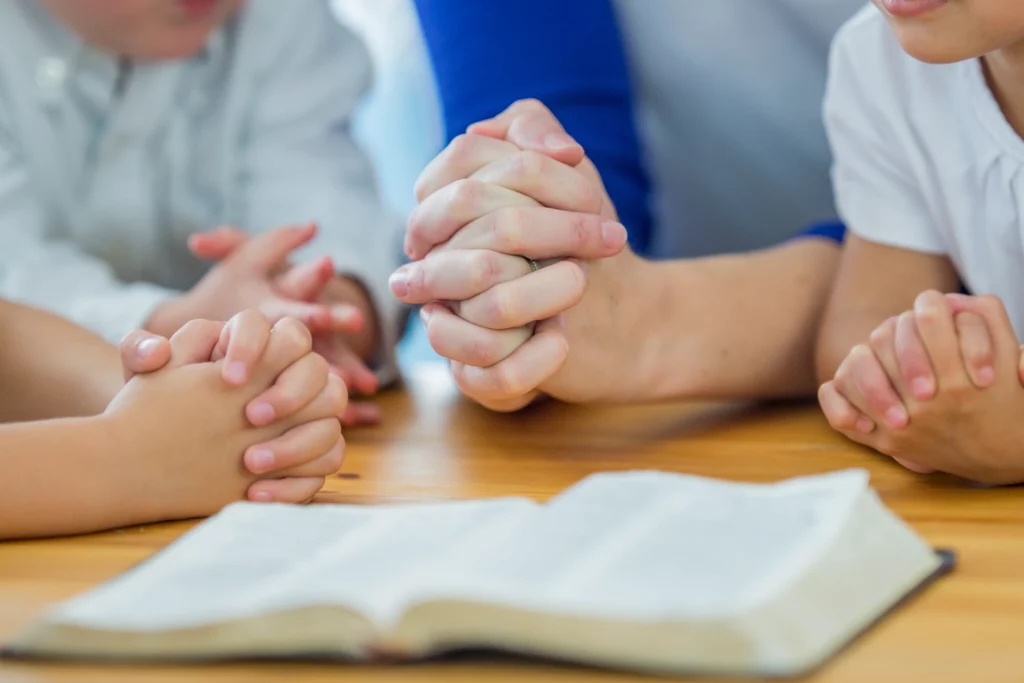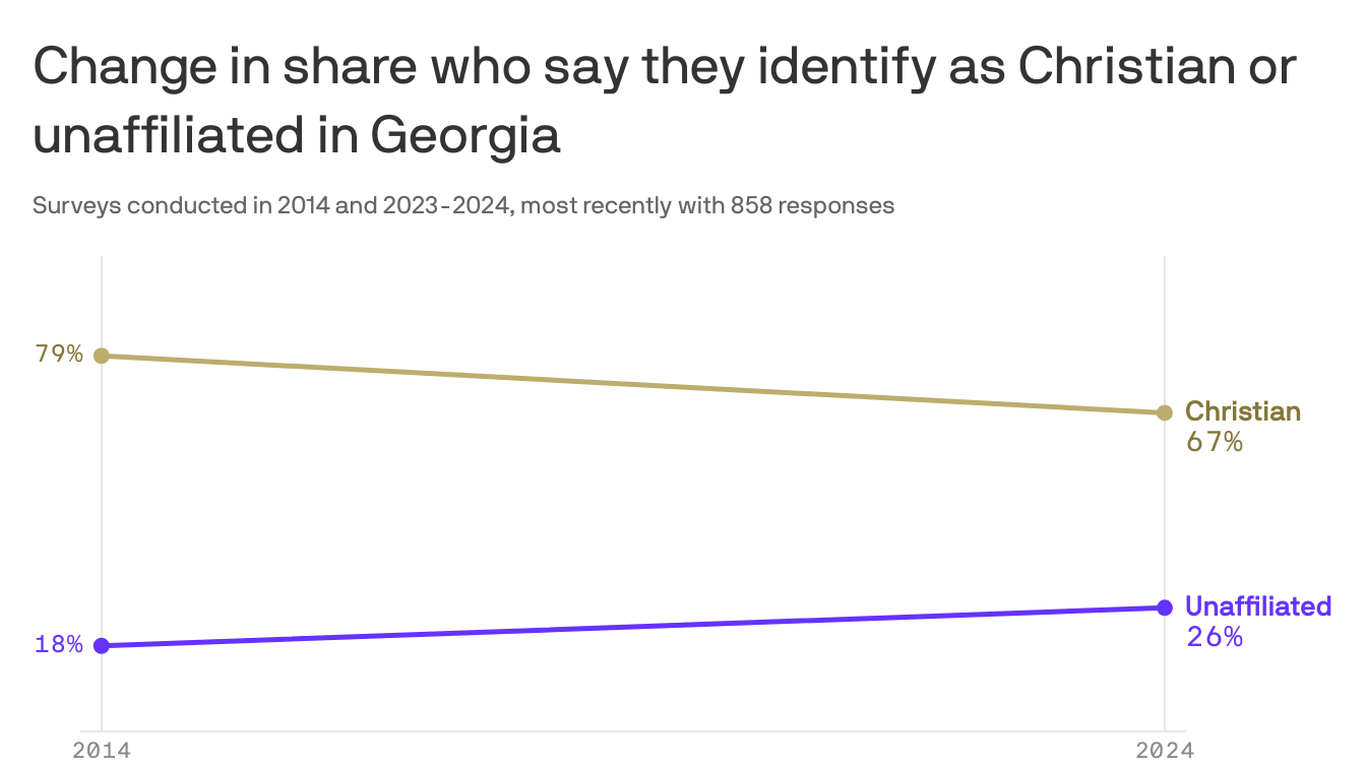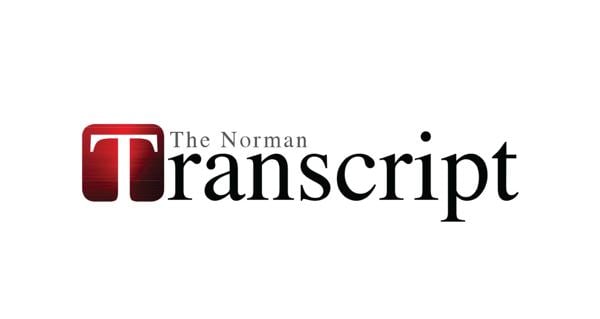Hate Unleashed: Over 150 Anti-LGBTQ Attacks Shock Religious Communities Nationwide
Religion
2025-04-15 13:00:54Content

Alarming Rise in Anti-LGBTQ Attacks on Faith-Based Communities
Since June 1, 2022, GLAAD's ALERT Desk has been meticulously documenting a disturbing trend of targeted harassment against affirming faith communities across the United States. The organization's comprehensive tracking reveals a staggering total of over 150 anti-LGBTQ incidents that highlight the growing challenges faced by inclusive religious spaces.
Breakdown of Incidents
- 54 cases of vandalism
- 38 instances of threats and harassment
- 37 organized protests
- 7 attempted arsons
- 3 physical assaults
- 2 bomb threats
For researchers, journalists, and advocates seeking deeper insights, the complete dataset is available upon request. Interested parties can contact GLAAD's press team at [email protected] to access the full report.
These statistics underscore the urgent need for continued support, protection, and solidarity with LGBTQ-affirming faith communities across the nation.
Faith Under Fire: The Rising Tide of Intolerance Against LGBTQ-Affirming Religious Communities
In the complex landscape of modern religious tolerance, a disturbing pattern of targeted aggression has emerged, challenging the fundamental principles of religious freedom and inclusivity. The sanctity of faith-based spaces that embrace diversity and acceptance is increasingly under siege, revealing a troubling undercurrent of hatred and intolerance that threatens the very fabric of community cohesion and mutual respect.Unmasking the Silent War on Inclusive Faith Communities
The Escalating Landscape of Religious Discrimination
The contemporary religious landscape has become a battleground where inclusivity faces unprecedented challenges. Since mid-2022, religious communities that openly support and affirm LGBTQ+ individuals have found themselves confronting a systematic and alarming wave of targeted hostility. These attacks represent more than isolated incidents; they symbolize a broader societal tension between traditional religious narratives and progressive interpretations of faith. Detailed investigations reveal a multifaceted approach of intimidation and violence. Vandalism has emerged as the most prevalent form of aggression, with perpetrators strategically targeting physical spaces that symbolize acceptance and understanding. These destructive acts are not merely random acts of vandalism but calculated attempts to instill fear and undermine the sense of safety within affirming religious communities.Mapping the Spectrum of Targeted Aggression
The spectrum of attacks against LGBTQ-affirming religious institutions is both complex and deeply concerning. Beyond physical vandalism, communities have experienced a range of threatening behaviors designed to create psychological distress. Harassment campaigns, organized protests, and explicit threats have become disturbingly commonplace, creating an environment of constant vigilance and anxiety. More alarming are the instances of extreme violence, including attempted arsons, direct physical assaults, and even bomb threats. These actions represent a dangerous escalation, transforming ideological disagreements into potentially life-threatening confrontations. Each incident not only threatens individual safety but also challenges the fundamental democratic principles of religious freedom and personal expression.Institutional Response and Community Resilience
In response to these challenges, LGBTQ-affirming religious communities have demonstrated remarkable resilience and strategic organization. Collaborative networks have emerged, focusing on documentation, legal advocacy, and community support. Organizations like GLAAD have played a crucial role in tracking and publicizing these incidents, creating transparency and raising public awareness. The documentation process itself has become a powerful tool of resistance. By meticulously recording each incident, these communities transform individual experiences of trauma into a collective narrative of resistance. This approach not only provides legal and statistical evidence but also creates a powerful platform for dialogue and social change.Societal Implications and Future Outlook
The ongoing pattern of targeted aggression against inclusive religious spaces reflects deeper societal tensions surrounding identity, belief, and acceptance. These incidents are not isolated but symptomatic of broader cultural conflicts that challenge traditional understanding of religious practice and social inclusion. As society continues to evolve, the ability of religious communities to embrace diversity will become increasingly critical. The current wave of attacks represents both a significant challenge and an opportunity for meaningful dialogue, understanding, and eventual reconciliation. The path forward requires sustained commitment to education, empathy, and a fundamental respect for human dignity.RELATED NEWS

Trump's Easter Message: A Bold Promise to Restore America's Spiritual Foundations







